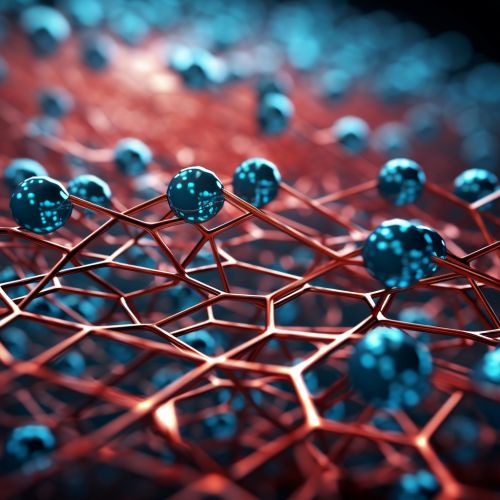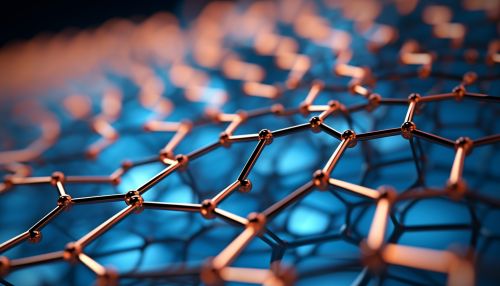The Role of Nanomedicine in Modern Healthcare
Introduction
Nanomedicine, a subfield of nanotechnology, refers to the medical application of nanomaterials and nanoscale technologies to diagnose, treat, and prevent diseases. It is a multidisciplinary field that combines aspects of materials science, biology, physics, and medicine. This article explores the role of nanomedicine in modern healthcare, focusing on its potential benefits, challenges, and future prospects.


Nanomaterials in Medicine
Nanomaterials, materials with at least one dimension in the nanometer range (1-100 nm), are the building blocks of nanomedicine. These materials include nanoparticles, nanotubes, nanowires, and nanosheets, among others. Due to their small size and high surface area-to-volume ratio, nanomaterials exhibit unique physical, chemical, and biological properties that can be exploited for medical applications.
Nanoparticles
Nanoparticles are particles between 1 and 100 nanometers in size with a surrounding interfacial layer. They can be made from a variety of materials, including metals, semiconductors, or organic compounds. In nanomedicine, nanoparticles are often used as drug delivery vehicles, diagnostic tools, or therapeutic agents.
Nanotubes
Nanotubes are cylindrical nanostructures with a diameter typically in the nanometer range. Carbon nanotubes, in particular, have been extensively studied for their potential use in nanomedicine due to their unique mechanical, electrical, and thermal properties.
Nanowires and Nanosheets
Nanowires and nanosheets are other types of nanomaterials that have potential applications in nanomedicine. Nanowires are one-dimensional nanostructures with high aspect ratios, while nanosheets are two-dimensional nanostructures with thicknesses in the nanometer range.
Applications of Nanomedicine
Nanomedicine has a wide range of applications in modern healthcare, from drug delivery and diagnostics to regenerative medicine and medical devices.
Drug Delivery
One of the most promising applications of nanomedicine is in drug delivery. Drug delivery systems based on nanoparticles can improve the therapeutic efficacy of drugs by enhancing their bioavailability, reducing their side effects, and enabling targeted delivery to specific tissues or cells.
Diagnostics
Nanomedicine also plays a significant role in diagnostics. Nanoparticles can be used as contrast agents in imaging techniques such as magnetic resonance imaging (MRI) and computed tomography (CT). Moreover, nanosensors can detect biomarkers at very low concentrations, enabling early diagnosis of diseases.
Regenerative Medicine
In regenerative medicine, nanomaterials can be used to create scaffolds for tissue engineering or to deliver stem cells to damaged tissues. They can also stimulate the body's own repair mechanisms, promoting tissue regeneration.
Medical Devices
Nanomaterials are increasingly being incorporated into medical devices to enhance their performance. For example, nanoscale coatings can improve the biocompatibility of implants, while nanosensors can monitor physiological parameters in real time.
Challenges and Future Prospects
Despite the significant potential of nanomedicine, there are several challenges that need to be addressed. These include the potential toxicity of nanomaterials, the difficulty of scaling up their production, and the need for regulatory frameworks to ensure their safe and effective use.
Looking ahead, the field of nanomedicine is expected to continue to grow and evolve. Advances in nanotechnology and related fields are likely to lead to the development of new nanomaterials and techniques, opening up new possibilities for the diagnosis, treatment, and prevention of diseases.
